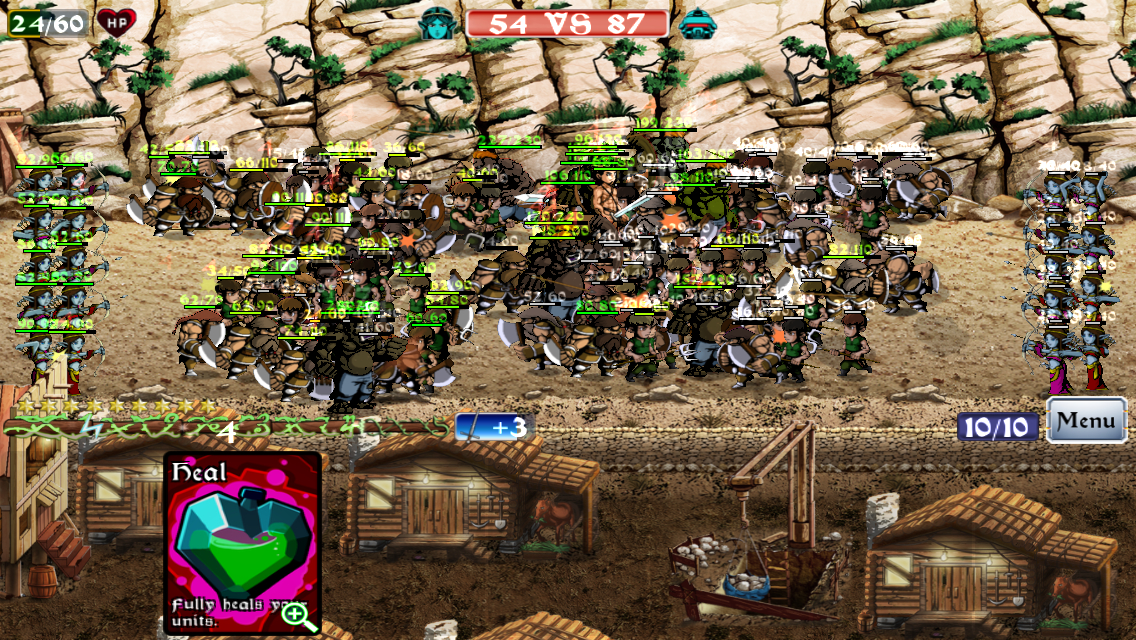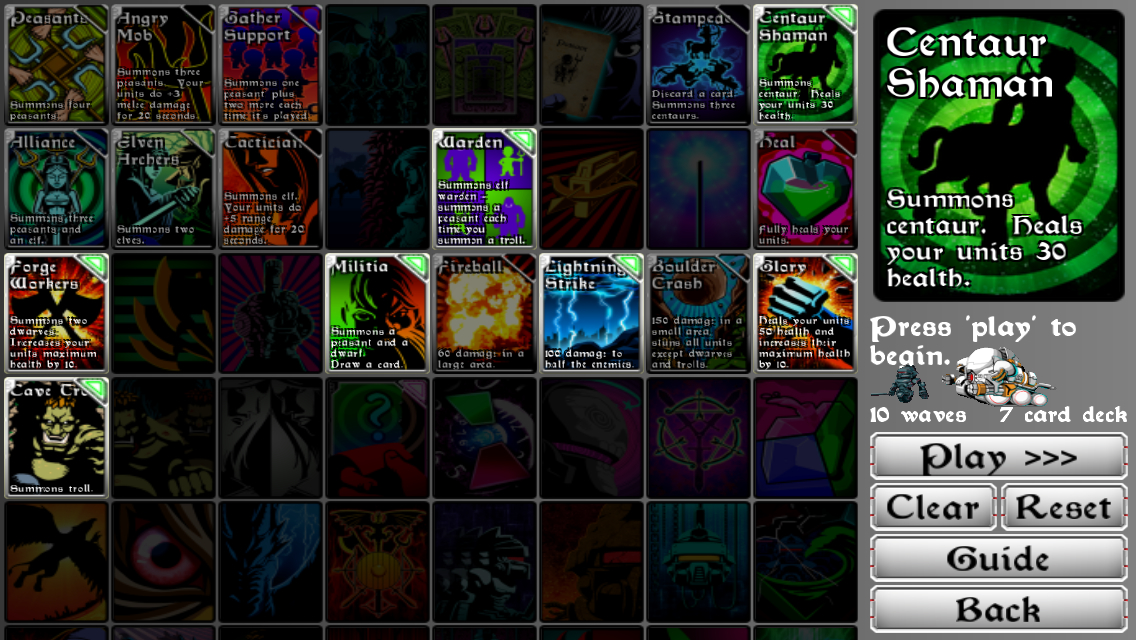 Honestly, I’ve just about had it with robots. They’re either evil or annoying, and I’m tired of dealing with the fallout of either type. I think the last straw for me was finding out that nice Robo fellow from Chrono Trigger ($9.99) was actually rickrolling me for nearly the last twenty years. I mean, you think you know a tin can, only to find out it’s been snickering behind your back. That’s the trouble with robots, and if you’re like me, you’re always up for giving their shiny metal keisters a good kicking. Luckily, there’s no shortage of games that let us do that, and the latest one is the pretty clever Trouble With Robots (Free).
Honestly, I’ve just about had it with robots. They’re either evil or annoying, and I’m tired of dealing with the fallout of either type. I think the last straw for me was finding out that nice Robo fellow from Chrono Trigger ($9.99) was actually rickrolling me for nearly the last twenty years. I mean, you think you know a tin can, only to find out it’s been snickering behind your back. That’s the trouble with robots, and if you’re like me, you’re always up for giving their shiny metal keisters a good kicking. Luckily, there’s no shortage of games that let us do that, and the latest one is the pretty clever Trouble With Robots (Free).
Adapted from Digital Chestnut’s PC game The Trouble With Robots, this iOS version from Play Asia and Art Castle does a little bit more than just drop the article from the title. The visuals have been completely reworked and cards have been slightly rebalanced, making this a fairly fresh experience even if you’re familiar with its source. It’s an odd sort of thing, combining wave-based real-time battles with mechanics from collectible card games, creating an approachable game with just enough strategy to keep it from being mindless. It also has an excellent sense of humor, in my opinion, and that light approach helps to overshadow some of its weaker points.

The story has an army of robots invading a typical fantasy world filled with elves, dwarves, and other extras from The Lord Of The Rings. You take control of a wizard guiding the resistance, using your magic to summon troops and call lightning down on your foes. Each of the game’s more than 30 stages has a specific number of predetermined waves that you have to defeat to move on. Certain story missions will reward you with new cards, while the stars you earn from playing will unlock others. You’re always getting something new to play with, which helps keep the game very satisfying for its brief duration. Each stage can be played on three different difficulty levels, with easy and normal offering up relatively little challenge, while hard steps things up quite a bit. Running through the story stages on normal difficulty doesn’t take much effort, and you’ll likely work your way through in an hour or so, but clearing the special challenge stages and the higher difficulties is going to take some serious planning and effort. On top of that, when you beat the game, you’ll unlock a special mode that puts limitations on you to provide an extra challenge.
Each stage allows you to bring a certain number of cards in with you. These cards have a variety of effects when used, including summoning units, healing, or dealing direct damage to the enemies. Each wave, you’re dealt three random cards from your deck, and it’s up to you when and how you want to use them. Using a card is as simple as tapping it when you have energy in your wand. Even if you’ve played all your cards, you can still expend wand energy to throw down lightning strikes, which helps keep you actively playing instead of just watching the outcome. At the beginning of the game, you have few options and a small deck, but as you play, the game opens up quite a bit. In total, there are more than 40 different cards to collect, allowing for tons of combinations and play styles.

The first chapter of Trouble With Robots is free, with an additional two chapters costing $2.99 each or $3.99 in a bundle. It’s a little on the short side in terms of content, but if you get into the gameplay enough to try to take on every challenge it has to offer, you’ll definitely get your money’s worth out of that bundle. The chapter unlocks are the only IAP to be found in the game, so this is definitely more a free-to-try game than the free-to-play shenanigans you might expect at first glance. I really hope more content is coming down the line, because the core mechanics of Trouble With Robots work really well and could certainly be expanded on the way the PC version has been.
Since the first chapter costs nothing to try out, there’s really no good reason not to download Trouble With Robots if you like the look of it. It’s simple, clever, and funny, albeit a bit slow in the beginning and over far too quickly. The presentation here is leagues beyond the PC version, and the gameplay itself is a natural fit for handhelds with touch interfaces. I enjoyed it just on its cheeky attitude alone, with the surprising depth of the gameplay at higher levels proving to be the icing on the cake. If you give it a try, it will probably win you over the same way.